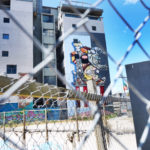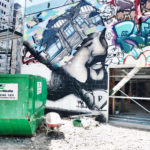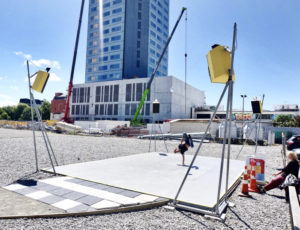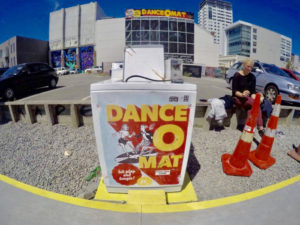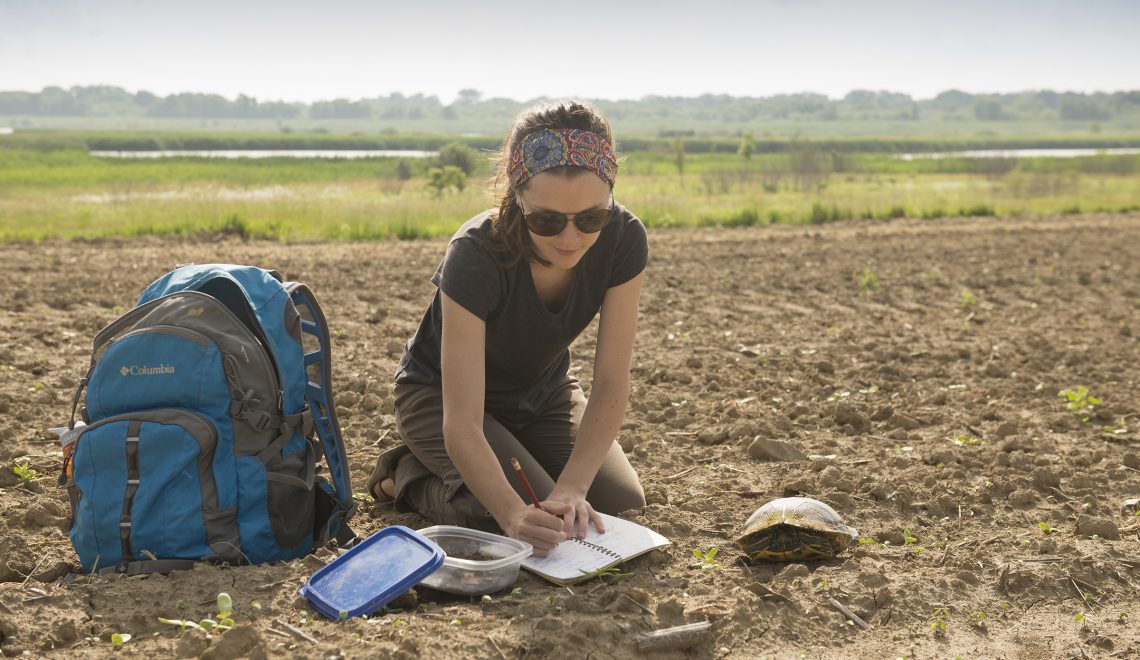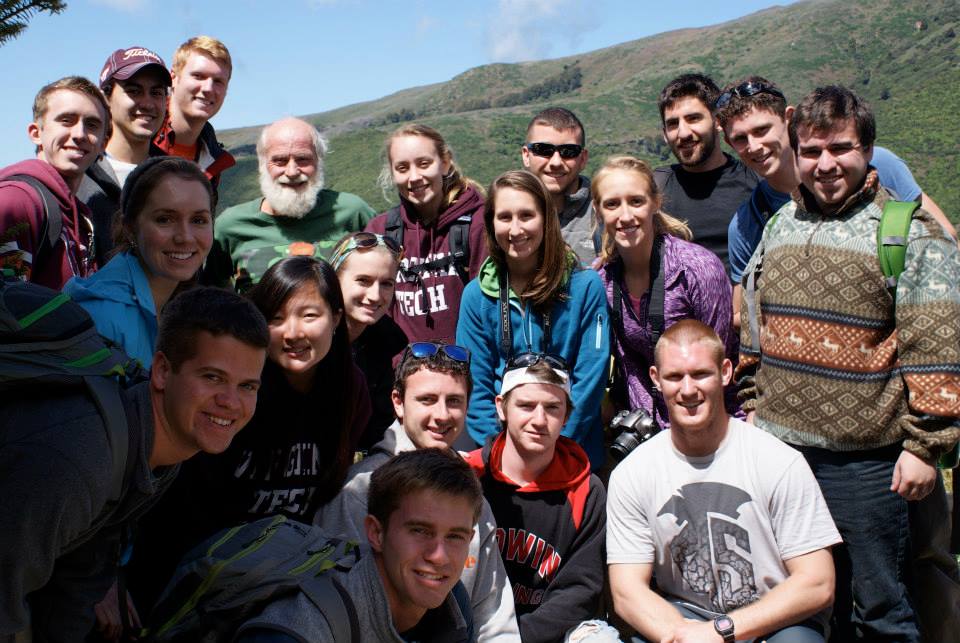Berkley Svingen, the University of Montana’s Sustainability in New Zealand and Australia student blogger, writes:
The community of Christchurch was brought to its knees when the earth convulsed with a 6.4 magnitude earthquake in 2011 eight days after Cupid’s holiday. The city center, with three-quarters of its structures dismantled, was shut down. Fencing rose and the army arrived to barricade any from entering. A surprising response to this magnificent loss was the eruption of street art in various forms.
The heart of the city, its cultural hub, having been mutilated and contorted, became a canvas for those hoping to illuminate a path of hope through the wreckage. The collapse of buildings exposed surfaces that had never seen the light of day, and appealed to those motivated to reclaim this now-prohibited public space. The street art of Christchurch opened an important dialect for those grieving with the destruction of their homes, history, and identity. Not only has this artistic outlet helped sustain the culture that was threatened to be lost, it serves as a way of expanding and reinventing an iconic identity that pays tribute to this milestone disaster and the lives that were claimed as a result.
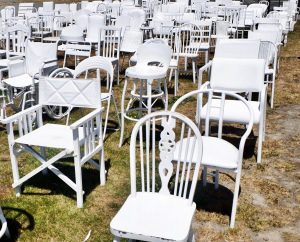
185 Empty White Chairs
Standing in front of the 185 Empty White Chairs memorial provoked an intimate sense of grief and mourning. The realization, This could be any one of us, puts into perspective how valuable street art is for the healing of the people in the cross-hairs of a natural disaster.
The Dance O’Mat is an interactive art form that stands on a lot that would otherwise be barren after the remains of the building it housed were cleared away. The washing machine was converted into a jukebox that will play your tune of choice for a mere $2NZD. Following the events of the earthquake many individuals felt isolated in their grief even though the cloud of pain engulfed all who lived there. Seeking out one’s neighbors for a sense of reason and understanding in a community-wide tragedy was ineffective, for every member’s self-hood was disoriented as a result of the calamity at their doorsteps. Thus, art pieces such as the Dance O’Mat are ever so important for they provide an area where people can congregate to nurture a sense of community through universally understood mediums such as music and dance. To put into perspective the necessity of the Dance O’Mat, imagine returning to work weeks after the reopening of the city only to pass a heap of debris that used to be your neighboring office building.
The ruins are representative of much more than a mass of rubbish. They are symbolic of people’s livelihood, the meal on their family’s dinner table, laughter, accomplishment…life.
Ramble on,
Berkley


